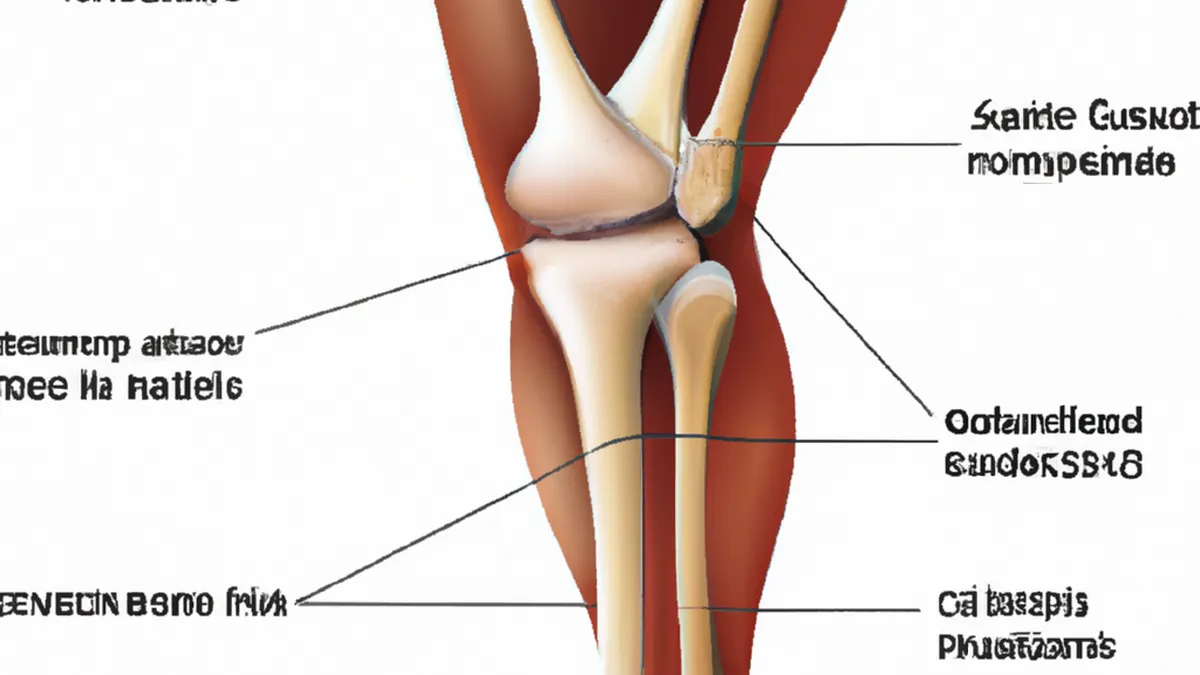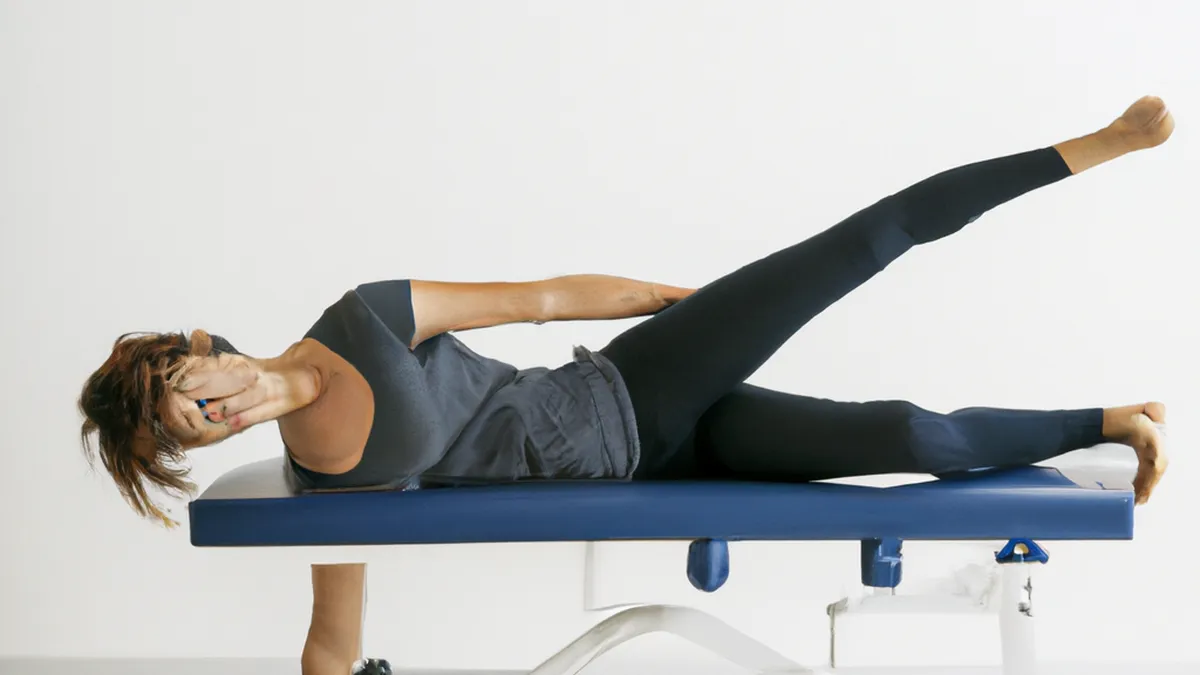Refresh Your Workout for Knee Resilience
How to Incorporate Functional Movement Patterns to Protect Your Knees
Knee pain can hinder daily activities and reduce life enjoyment. Athletes, weekend warriors, and walkers must maintain knee health for overall well-being. Integrate functional movement patterns into your exercise routine to protect your knees. These movements mimic everyday activities, strengthen knee muscles, and improve joint stability. This article explores ways to incorporate functional movement patterns into your routine.
Understanding Functional Movement Patterns
Functional movement patterns consist of exercises that replicate daily life movements. These exercises engage multiple muscle groups and enhance coordination and balance. Common functional movements include squats, lunges, step-ups, and push-ups. Practicing these movements boosts strength, stability, and neuromuscular control, helping to prevent injuries.
The Importance of Proper Form
Proper form is essential for functional movements. Poor technique can cause injuries, especially in vulnerable knees. For example, during squats, align your knees with your toes to reduce stress on joints. Engaging core muscles maintains balance and stability, further protecting your knees.
Tips for Incorporating Functional Movements
Assess your fitness level and consider any knee issues before starting. Gradually introduce functional movements and pay attention to your body’s responses. Here are some practical tips to help you begin.
1. Begin with Bodyweight Exercises
Start with bodyweight exercises before adding weights. Bodyweight squats and lunges allow you to focus on form without extra strain. As you gain comfort and confidence, gradually incorporate resistance bands or light dumbbells.
Example Exercises:
– **Bodyweight Squats**: Stand shoulder-width apart. Lower your body as if sitting back into a chair, keeping your chest up and knees aligned. Return to standing.
– **Lunges**: Step forward with one leg, lowering your hips until both knees bend at a 90-degree angle. Push back up and switch sides.
2. Focus on Balance and Stability
Incorporate exercises that improve balance and stability into your routine. Single-leg stands, stability ball exercises, and balance board activities enhance proprioception. Good balance reduces fall and injury risks, especially as we age.
Example Exercises:
– **Single-Leg Balance**: Stand on one leg with the other leg bent at the knee. Hold this position for as long as possible.
Conclusion
Incorporating functional movements can protect your knees and enhance overall strength and stability. Prioritize proper form and gradually progress your routine.
Below are related products based on this post:
FAQ
What are functional movement patterns and why are they important for knee health?
Functional movement patterns consist of exercises that replicate daily life movements, engaging multiple muscle groups and enhancing coordination and balance. They are important for knee health as they strengthen knee muscles and improve joint stability, which helps prevent injuries and knee pain.
How can I start incorporating functional movements into my exercise routine?
Begin with bodyweight exercises to focus on form without added strain. Start with exercises like bodyweight squats and lunges. As you gain confidence and comfort, gradually introduce resistance bands or light weights to enhance your routine.
Why is proper form crucial when performing functional movements?
Proper form is essential to prevent injuries, particularly in vulnerable knees. Maintaining correct alignment, such as keeping your knees aligned with your toes during squats, and engaging core muscles for stability helps reduce stress on the joints and ensures safe execution of the movements.















Post Comment